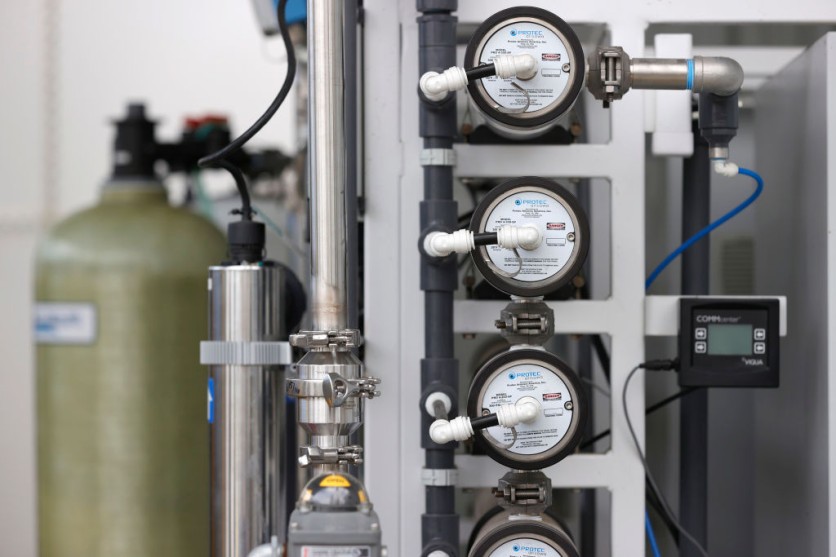Water filter machines may generate electricity in the future thanks to a new invention by researchers from the Korea Institute of Science and Technology.
The research team created a cutting-edge membrane that can simultaneously produce continuous energy and deliver drinking water from a variety of water sources, including sewage/wastewater, seawater, and groundwater.

Cutting-edge, Sandwich-like Membrane
The "sandwich-like" membrane is made up of an electrically-generating conductive polymer on top and a porous membrane that filters water at the bottom. By regulating the water flow, the membrane is intended to clean wastewater.
Direct current is produced by water flowing perpendicular to the membrane and is caused by the movement of ions in a horizontal direction. More than 95% of contaminants with diameters smaller than 10 nm (one hundred-millionth of a meter) can be rejected by the membrane, according to the researchers.
As a result, wastewater containing microplastics and heavy metal particles can be cleaned, and continuous energy can be produced for more than three hours using just 10 microliters) of water.
The membrane has a good chance of being commercialized since it can be produced using a basic printing process with no size limitations since it has minimal manufacturing costs and processing times, according to the team.
By creating the membrane for a real factory, the study team is currently doing follow-up research to generate power while raising the water quality of wastewater to the level of drinking water.
They ultimately want to upgrade the existing design to one that can supply safe drinking water. This might potentially pave the way for advancements in membrane and water purification technology as the globe moves toward environmentally friendly and renewable technology.
Novel Technology
"As a novel technology that can solve water shortage problem and produce eco-friendly energy simultaneously, it also has great potential applications in the water quality management system and emergency power system," Dr. Ji-Soo Jang, lead researcher and senior research scientist at the Korea Institute of Science & Technology, said in a press release statement.
With assistance from the Ministry of Science and ICT, this research was carried out as part of a significant KIST initiative. These research results were chosen to be the front cover of the most recent edition of "Advanced Materials," an international journal of materials.
Related Article : Japanese Government Explores Remotely Controlling Privately-Owned ACs & Water Heaters as They Switch to Renewables

ⓒ 2025 TECHTIMES.com All rights reserved. Do not reproduce without permission.




